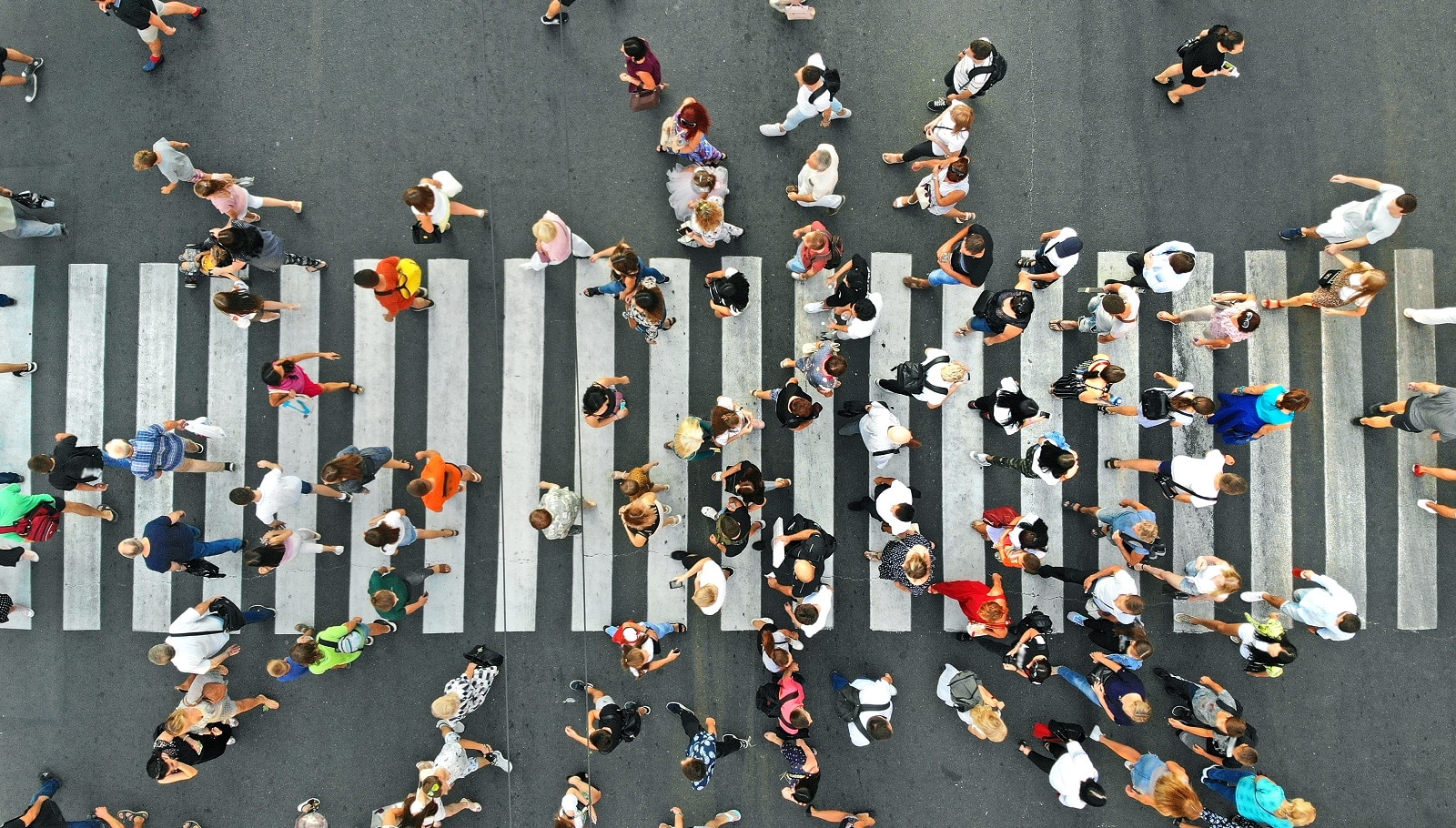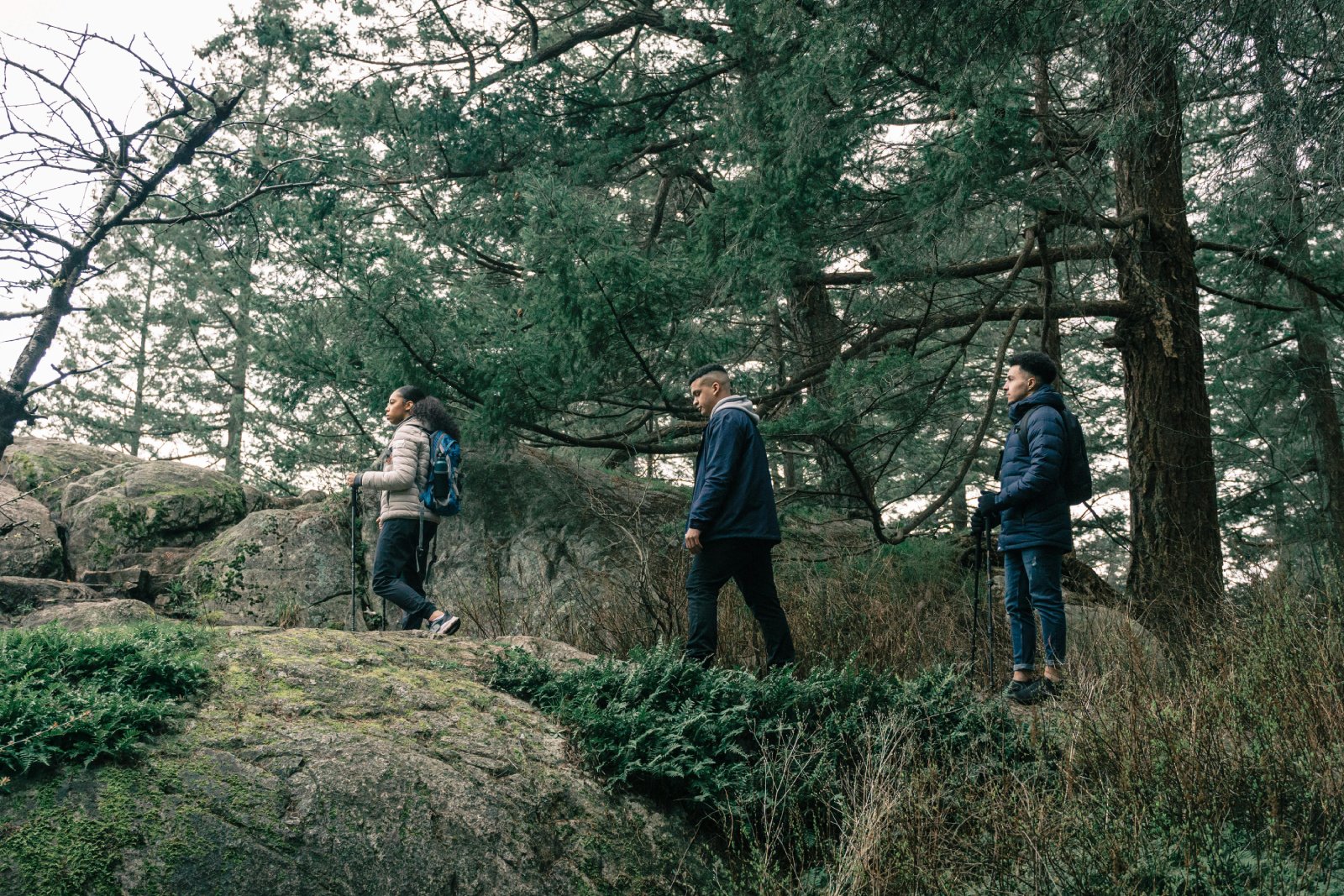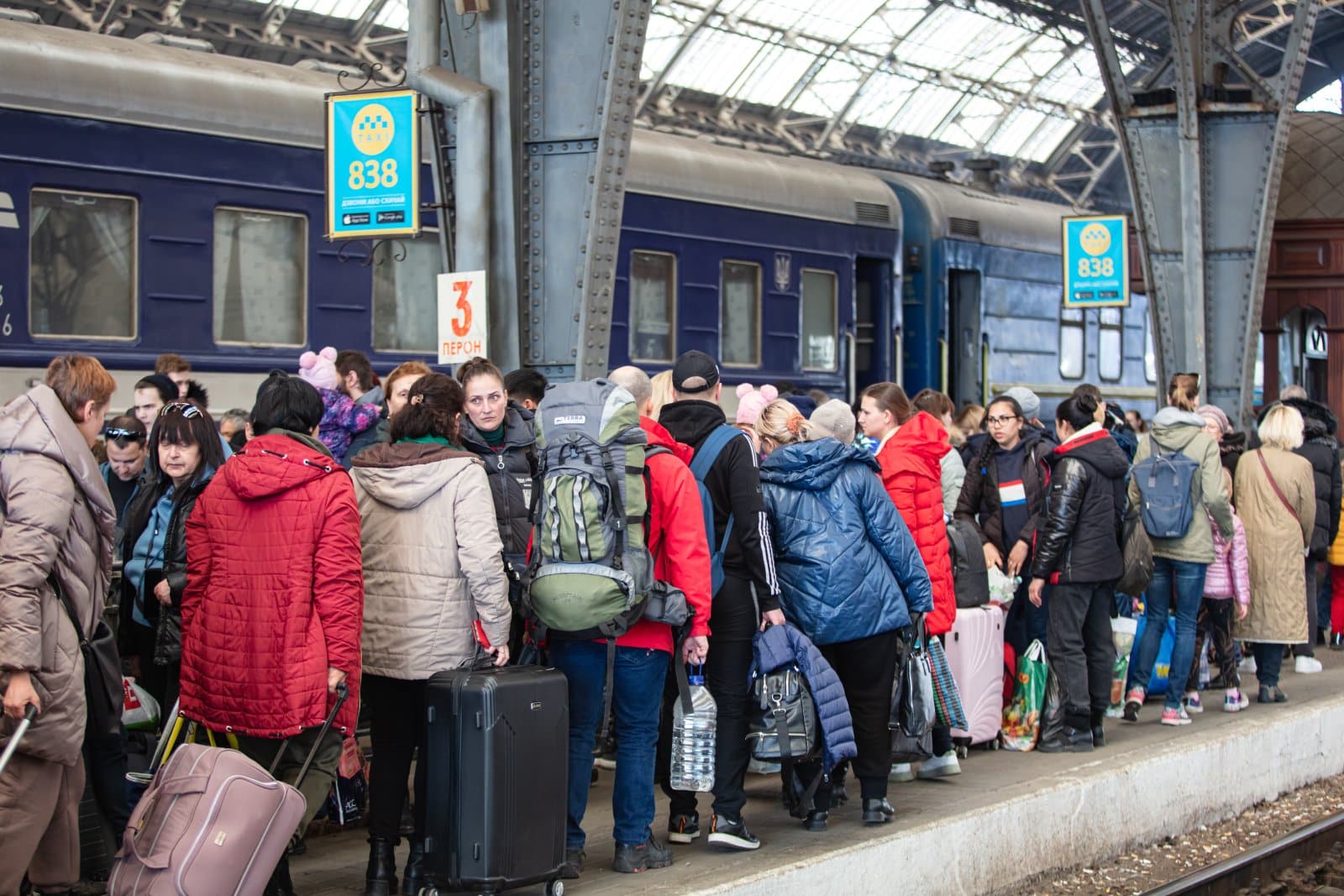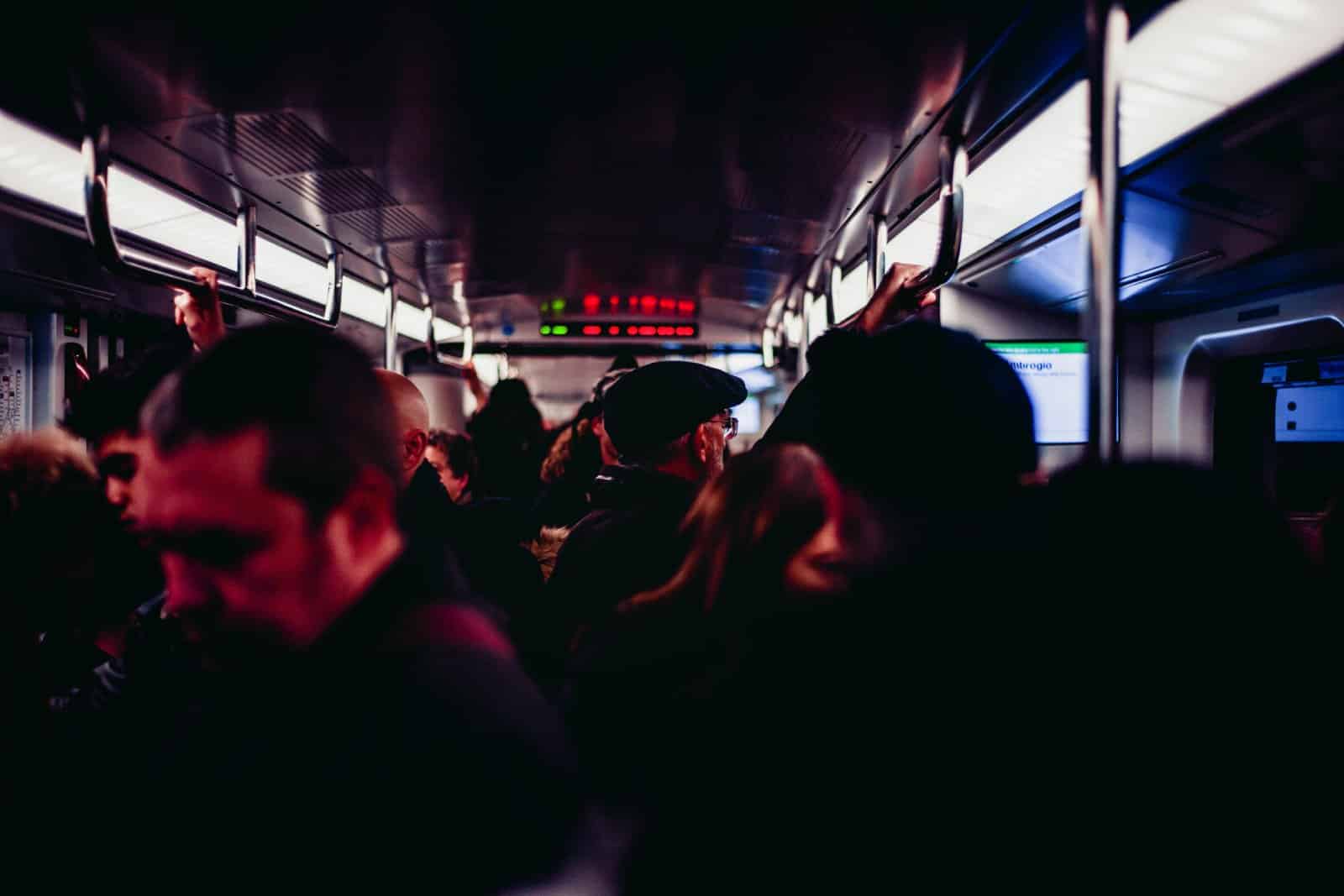America’s demographic landscape is evolving, marked by significant increases in certain populations and the aging of the Baby Boomer generation. These changes are reshaping our nation in profound ways. Here’s a detailed look at the nuances of these shifts and the challenges they bring to the forefront of American society.
1. Rapid Aging

The 65-and-older population has surged by 34.2% since 2010, adding over 13 million seniors. This rapid aging contributes to a national median age increase from 37.2 to 38.4 years, stressing healthcare and retirement systems.
2. Youth Population Decline

In contrast, the under-18 population decreased by 1.5% from 2010 to 2019. This decline impacts everything from future workforce numbers to long-term economic vitality.
3. Increasing Median Age

States like Maine and Florida have seen particularly high increases in median age, with over one in five residents now over 65 years old, signaling a shift in state demographics and needs.
4. Immigration Impacts

Immigration has significantly influenced demographic shifts, with states experiencing varied increases in diverse populations, reshaping cultural and economic landscapes.
5. Healthcare Demand

With more elderly residents, there’s an increased demand for healthcare services, which could lead to overburdened systems and higher healthcare costs.
6. Housing Market Strain

The growing population in certain regions drives up housing demand and prices, making affordability a pressing issue for many Americans.
7. Changing Workforce

The aging population and lower youth numbers affect the size of the working-age population, potentially leading to labor shortages in various sectors.
8. Educational Adjustments

A smaller young population means potential changes in educational funding and resources, with possible impacts on school closings and teacher layoffs.
9. Social Security Stress

An aging population may strain Social Security and pension systems, potentially leading to reforms that could affect future retirees.
10. Increased Dependency Ratio

With more older adults and fewer young people, the dependency ratio worsens, increasing economic pressures on working-age individuals to support retirees.
11. Cultural Diversity

The U.S. has grown more racially and ethnically diverse, with significant increases in Asian and Hispanic populations, enriching the cultural fabric but also requiring more inclusive policies and practices.
12. Urban vs. Rural Divide

Population growth is often concentrated in urban areas, exacerbating urban-rural divides in terms of resources, healthcare access, and economic opportunities.
13. Environmental Concerns

Increased population density can lead to greater environmental degradation unless carefully managed with sustainable practices and technologies.
14. Infrastructure Needs

Growing populations in certain areas will require significant investments in infrastructure to handle everything from traffic to public services.
15. Political Shifts

Changing demographics can lead to shifts in political power and policies, potentially causing tension and reshaping national and local politics.
16. Health Disparities

As the population grows and diversifies, addressing health disparities becomes increasingly crucial to ensure equitable access to medical care.
17. Economic Disparities

Population changes can exacerbate economic disparities, with some areas booming while others face decline and depopulation.
18. Social Integration

Integrating a more diverse and aging population presents challenges in terms of social cohesion and maintaining a shared community identity.
The Growing Pains

As the demographic fabric of the U.S. continues to evolve, the nation faces challenges that will require thoughtful solutions to ensure that growth benefits all Americans. How will these trends affect your community, and what steps can be taken to prepare for a future that looks quite different from the past?
The post The Ups and Downs of U.S. Population Growth: 18 Key Insights first appeared on Wealthy Living.
Featured Image Credit: Pexels / Sean Locke Photography.
The content of this article is for informational purposes only and does not constitute or replace professional financial advice.
For transparency, this content was partly developed with AI assistance and carefully curated by an experienced editor to be informative and ensure accuracy.





